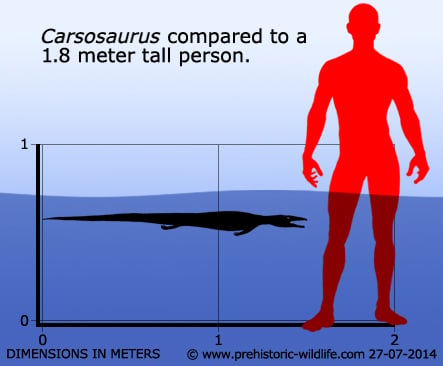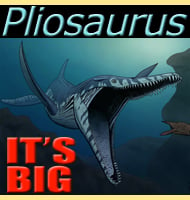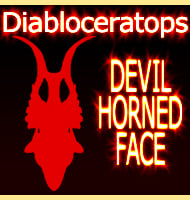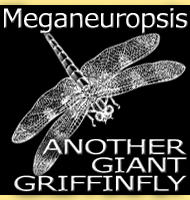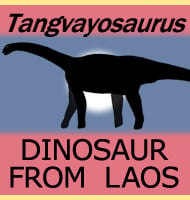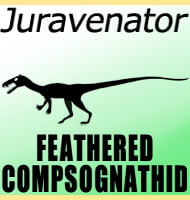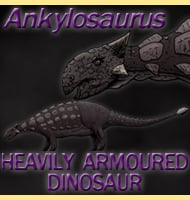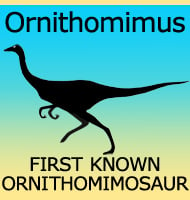In Depth
Carsosaurus was large for and aigialosaurid, but the claim to fame for this reptile was the 2001 discovery of four juveniles inside the body of an adult. The high degree of preservation in the juveniles as well as their location strongly suggests that these juveniles were actually offspring waiting to be born, and not a case of cannibalism on the part of the adult. This has implications for other closely related reptiles, some of which went on to become the mosasaurs, large marine reptiles such as Globidens, Platecarpus and Tylosaurus that would become key animals in late Cretaceous oceans. Although reptiles are usually described as being egg laying animals, live birth is well documented in some living species today, and is very likely to have occurred in the past given the wide expanse of reptiles living in ancient times.
Further Reading
– The pectoral girdle and front limb of Carsosaurus marchesetti (Aigialosauridae), with a preliminary phylogenetic analysis of varanoids and mosasauroids. – Journal of Vertebrate Paleontology – M. W. Caldwell, R. L. Carroll & H. Kaiser – 1995.
